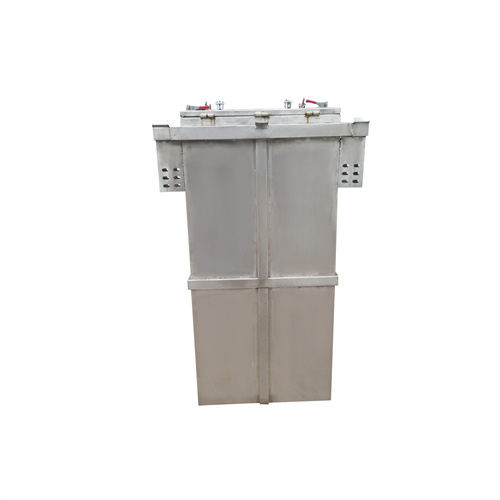Battery energy storage system in microgrid
At the heart of every microgrid is a battery energy storage system (BESS). BESS technology allows microgrid operators to store excess energy generated during sunny or windy days with high renewable production.
As the photovoltaic (PV) industry continues to evolve, advancements in Battery energy storage system in microgrid have become critical to optimizing the utilization of renewable energy sources. From innovative battery technologies to intelligent energy management systems, these solutions are transforming the way we store and distribute solar-generated electricity.
6 FAQs about [Battery energy storage system in microgrid]
What are isolated microgrids?
Isolated microgrids can be of any size depending on the power loads. In this sense, MGs are made up of an interconnected group of distributed energy resources (DER), including grouping battery energy storage systems (BESS) and loads.
What is a battery energy storage system (BESS)?
Authors to whom correspondence should be addressed. In standalone microgrids, the Battery Energy Storage System (BESS) is a popular energy storage technology. Because of renewable energy generation sources such as PV and Wind Turbine (WT), the output power of a microgrid varies greatly, which can reduce the BESS lifetime.
What is the importance of energy storage system in microgrid operation?
With regard to the off-grid operation, the energy storage system has considerable importance in the microgrid. The ESS mainly provides frequency regulation, backup power and resilience features.
What is a microgrid energy system?
Microgrids are small-scale energy systems with distributed energy resources, such as generators and storage systems, and controllable loads forming an electrical entity within defined electrical limits. These systems can be deployed in either low voltage or high voltage and can operate independently of the main grid if necessary .
Are energy storage technologies feasible for microgrids?
This paper provides a critical review of the existing energy storage technologies, focusing mainly on mature technologies. Their feasibility for microgrids is investigated in terms of cost, technical benefits, cycle life, ease of deployment, energy and power density, cycle life, and operational constraints.
Do battery energy storage systems affect the economics of microgrids?
Existing literature on microgrids (MGs) has either investigated the dynamics or economics of MG systems. Accordingly, the important impacts of battery energy storage systems (BESSs) on the economics and dynamics of MGs have been studied only separately due to the different time constants of studies.
Related Contents
- Microgrid energy storage battery life
- Battery energy storage system in microgrid
- Classification of energy storage battery field
- Battery energy storage winter olympics
- Kazakhstan energy storage lithium battery
- Chuneng energy storage battery 280ah
- Energy storage battery soh standard
- Energy storage liquid cooling battery box design
- Wind energy storage system battery franchisee
- Titanium metal energy storage battery
- Energy storage battery standard cabinet
